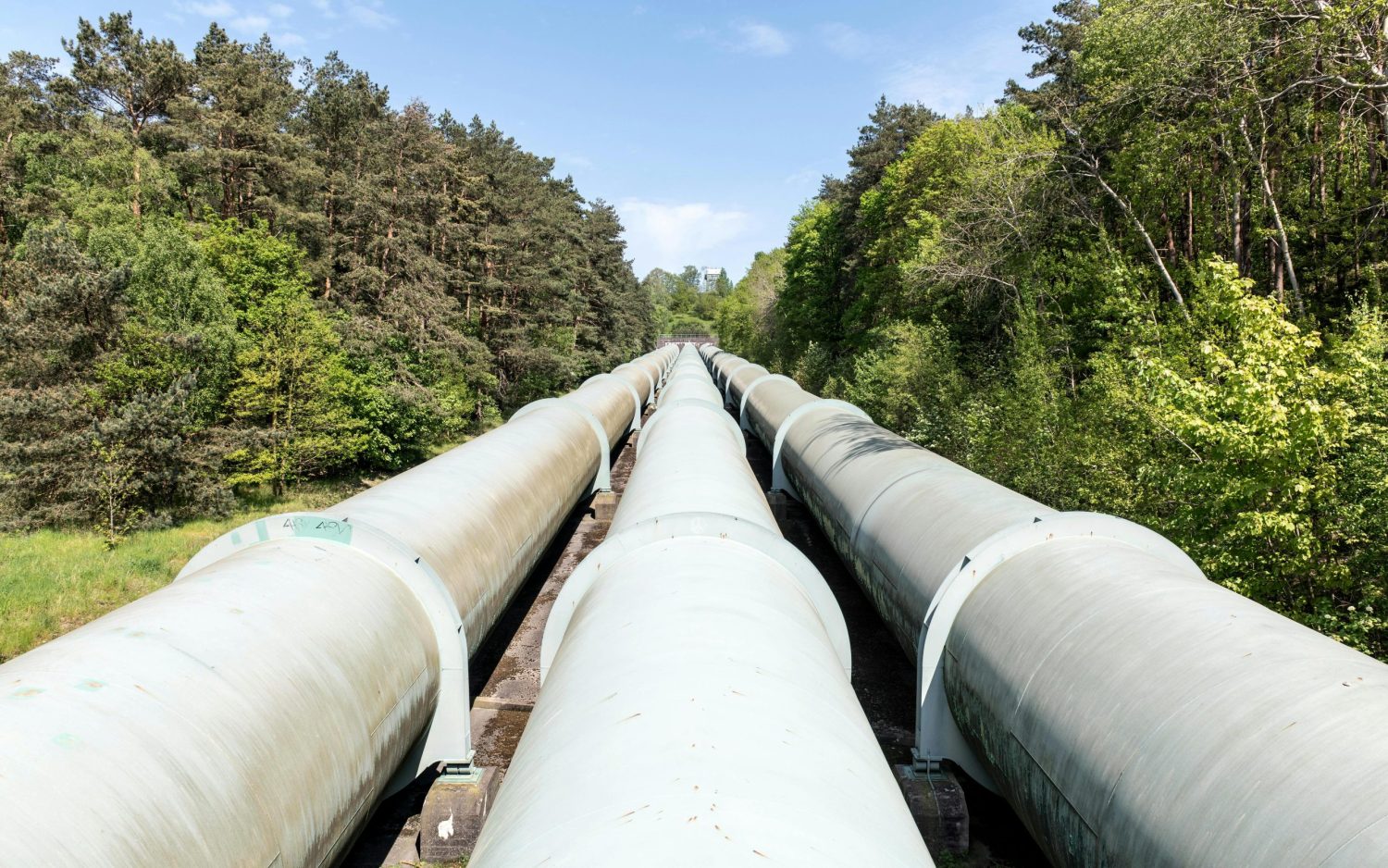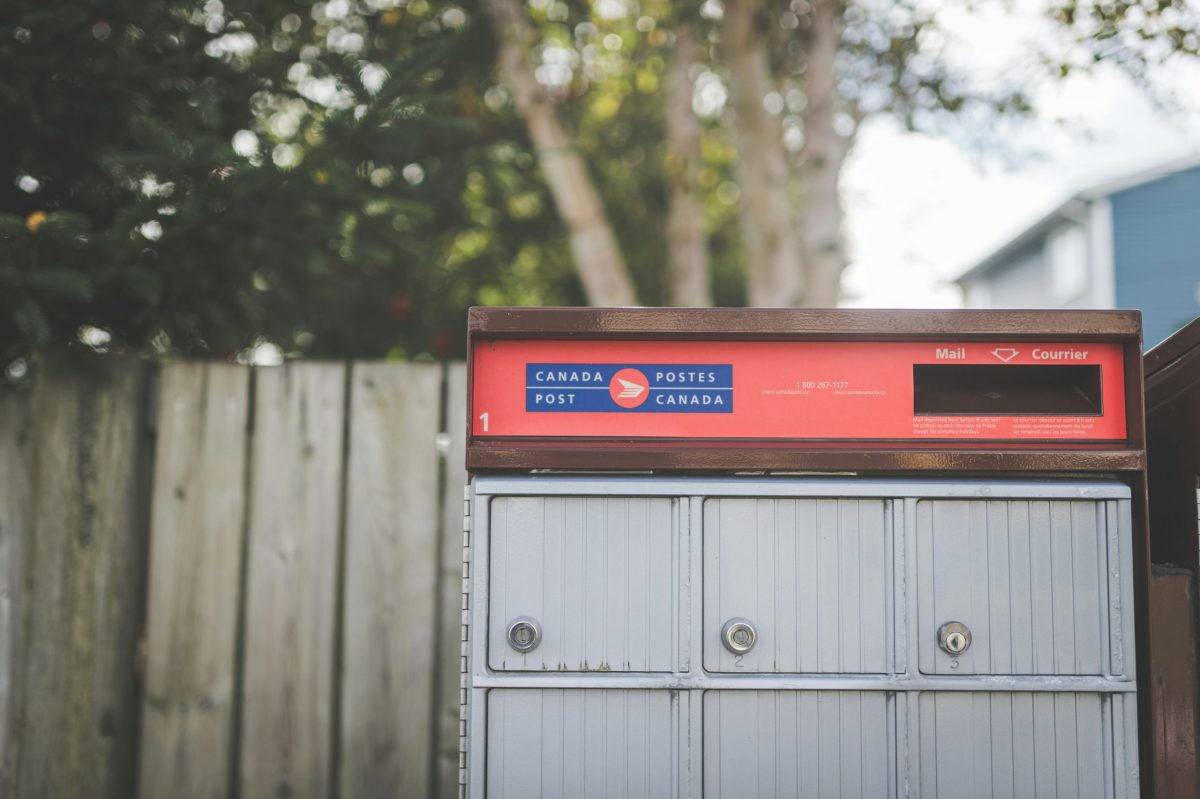Dear Minister Toews,
Thank you for the opportunity to provide a written submission to the Ministry of Finance regarding Budget 2021, and for your consideration of our recommendations.
The Calgary Chamber is the voice of the Calgary business community, and our submission is based on what we have heard at our industry roundtables and ongoing feedback we received through continued engagement with our members and stakeholders.
Over the past several months, the Calgary business community, despite being no stranger to hardship, has faced unprecedented challenges. Our province continues to demonstrate grit, resiliency, and determination, coupled with an entrepreneurial spirit and deep-seated commitment to innovation. But, in times of sustained hardship, we need government support to ensure that both our businesses and the citizens they employ emerge stronger. With crisis comes opportunity, and we must use this moment to springboard to a more resilient and sustainable future.
In preparing Budget 2021, we recommend that the Government of Alberta consider the following recommendations to provide certainty, create a climate of growth and optimism in our province, and to position Alberta for a future to emerge stronger than before from the COVID-19 pandemic. In particular, we’d ask the Government to: (1) focus on providing short-term financial support and long-term fiscal stability, (2) diversify our industries, revenue sources, and collective skillset, (3) prioritize an inclusive recovery for all Albertans, (4) invest in our competitiveness, and (5) support trade and market access. Our submission expands on each of these recommendations.
Thank you in advance for your consideration and we look forward to working with you to realize a sustainable and prosperous future for all Albertans.
Overview
Our submission to the Government of Alberta’s Budget 2021 consultations reflects work with members, experts, and stakeholders to understand the opportunities and challenges facing Calgary’s business community. It puts forth our recommendations on how we believe the government can support a sustainable and prosperous future for all Albertans today and in the years to come.
To realize a sustainable and prosperous future for all Albertans, we recommend Budget 2021 be developed, and that the policies below be viewed, through the following lens:
- Prioritizing fiscal responsibility and a return to balance over the long-term.
- Enabling certainty and stability for businesses and all the people that work in them.
- Facilitating inclusive growth and expanding our economy by bringing more people to the table, particularly historically marginalized and underrepresented groups. Vibrant communities lead to vibrant businesses, which means social issues cannot be separated from economic issues.
- Encouraging collaboration between all orders of government and leveraging the tools each level of government has to support our economy.
- Provide targeted direct stimulus measures to support business in hard hit sectors, making support available to cover fixed costs and scalable based on revenue loss. Focus these supports on industries that have been severely impacted, including hospitality and tourism, retail, and non-profit sectors, which do not have the risk tolerance or access to capital markets to survive without government supports. As the Government of Alberta has done with the Small and Medium Enterprise Relaunch Grant, implement programs that provide direct support to businesses through a simple and accessible application process.
- Leverage federal support where possible, whether through provincial matching of funds, imposing lockdowns that allow businesses to access the additional “lockdown support” under Canada Emergency Rent Subsidy, or other mechanisms.
- Prioritize local procurement, providing clear information for Alberta business on how to participate in provincial government procurement processes. Reduce the barriers for small businesses in participating in government procurement, and when cost-competitive, prioritize Alberta companies in procurement decisions.
- Continue to critically examine all government spending to ensure fiscal responsibility, with a particular focus on finding efficiencies in recurring expenses unrelated to pandemic response.
- Continue the focus on key fiscal anchors over the long term, and in doing so find opportunities for reducing expenditures where possible.
- Ensure stimulus measures are temporary and targeted towards sectors that need it most.
- Prioritize diversification and long-term investments in our economy to ensure fiscal stability and sustainability in the years following our economic recovery.
- Endeavour to give business early indications of what measures will be imposed to help businesses plan for their short-term future. For example, retailers need certainty for the holiday season, and whether to bring in appropriate merchandise.
- Provide clear guidance on the government’s COVID-19 strategy. Businesses continue to prepare for added restrictions and new measures, and therefore it’s imperative for government to communicate clearly and provide the support businesses require to adhere to any new measures imposed.
- Make direct investments and create tax credits to encourage innovation that will enable this diversification.
- Implement hiring incentives that allow small, rapidly growing companies such as many in the tech sector to scale up their workforce and create more jobs, while reducing the financial risks associated with hiring.
- Focus on reducing regulatory burdens in emerging sectors, not just traditional sectors.
- Continue ongoing work on the Economic Recovery Plan and Sector Strategies to use current circumstances as an opportunity to reimagine our future.
- Continue to review all viable sources of revenue and proactively reimagine our fiscal future.
- Continue to plan using optimistic, realistic, and pessimistic scenarios, ensuring that we will have sustainable revenue generation even in the case of a pessimistic scenario such as lower oil prices than anticipated.
- Invest in post-secondary education, including through micro-credentialing and work-integrated learning, both of which allow people to continue working and fully participating in the economy, while also ensuring they are prepared for the future economy.
- Create pathways for attracting and ensuring skilled workers from outside Alberta can move here and use their skills, including re-evaluating the process for transferring credentials.
- Invest and tap into the skills of those who have historically been excluded, including Indigenous people, women, and minorities. This will not only support Albertans, but will lead to a workforce that has diverse lived experiences, a broader skill set, and will enlarge the economy increasing opportunities for all of us.
- Implement a ‘layered cost’ economic impact assessment that evaluates the cost burden created by regulations and policies.
- Continue the strong work of consulting with industry to find opportunities to reduce red tape and maintain the current swift timelines of removing these unnecessary regulations.
- Ensure regulatory alignment with the federal government to avoid the layering of costs due to additional and duplicative regulation. Coordinate with the federal government to shelter industry from political disagreements that cause project delays and uncertainty.
- Continue the approach of actively investment in technology that reduces emissions and increases our competitiveness in the low-carbon economy. Look to clean technology investments across sectors, acknowledging that several industries can benefit from emissions reductions innovation, including transportation, agriculture, and health.
- Continue moving forward with initiatives such as TIER, which help create jobs as well.
- Support companies in attracting investment from the U.S. as the new administration increases its priority on clean technology.
- Keep sharing our ESG story across Canada and with investors with a positive and collaborative approach that acknowledges our shared long-term vision of reduced emissions and business viability.
- Calgary has been ranked among the top five most liveable cities for ten years straight now. The government must support the City retain and improve its competitive advantage. Our downtown core has struggled in past years and these investments will attract people to live, work, and play.
- Invest in our green spaces and parks, which are repeatedly cited as attracting people to Calgary.
- Invest in the arts, including through affordable projects such as murals, as well as job-creating industries such as performing arts.
- Support public transit infrastructure, which creates jobs in the short term and allows more people to access our struggling downtown core in the long term.
- Provide stable and predictable funding for the charitable sector to improve people’s lives and reduce major systemic issues such as homelessness, drug use, etc., which impact the vibrancy of our city for everyone.
- Support access to connectivity across the province to ensure that Alberta is a destination work location for the top talent.
- Continue to set a high bar for other provincial governments on internal trade issues and actively promote the critical work being undertaken in this area, including expanding the New West Partnership Trade Agreement.
- Focus on small and medium-sized businesses to ensure all businesses can benefit from stronger and broader export markets.
- Work directly with other provinces to sign trade agreements that remove barriers for business to be able to sell within our own nation.
- Work with the federal government to increase investments in trade-enabling infrastructure and create a regulatory environment that supports private investment in such infrastructure.
- Focus on export promotion as a means of growing emerging industries and thereby supporting diversification.
- Focus on accessing new markets to mitigate risk and find opportunities for new growth. This is particularly helpful for sectors primarily comprised of small businesses, which often lack the capacity to find new markets.
- Invest in technology at all stages of the value chain, including start-ups, commercial demonstration, and commercialization to ensure projects with a strong business case make it to market. Given the capital-intensive nature of technology in Alberta, combined with the challenges with accessing capital right now, companies need support, particularly capital-intensive technologies in the commercial demonstration stage.
- Identify and connect businesses with new export opportunities that allow for direct investment, commercialization, and deployment of Alberta technology.
- Continue to improve the access and quality of child care in addition to recent, updated legislation that improves transparency, rules, resources, standards; and allows 24 hour/overnight child care. Further improvements would continue to increase labour force participation, pay for themselves by creating a greater tax base, and provide a stronger start for our kids, which overtime, yields considerable economic benefits.
- Invest in social infrastructure, directing funding for infrastructure to projects like affordable housing that support community. Over the short-term, this will yield the job creation we desperately need, and over the long-term, will reduce the social and economic challenges associated with individuals made vulnerable by economic systems and who are experiencing poverty and homelessness.
- Invest in mental health supports, which have proven extremely necessary during the COVID-19 pandemic. The need for mental health is not new as a result of COVID-19, however the pandemic has exposed the need for significant long-term, systemic change in this area. Without it, our workforce cannot be fully efficient and productive.
Our recommendations
Businesses continue to face significant challenges, and most continue to feel the impact of the pandemic each day. In the short-term, Alberta businesses will continue to need support through the COVID-19 pandemic. In the long-term, economic diversification and job creation will be required to rebuild resiliency in our economy and ensure fiscal sustainability. A critical focus on fiscal responsibility should be maintained throughout the budget planning process.
1. Provide direct financial support to businesses to ensure they can survive during necessary COVID-19 restrictions and emerge stronger than before.
2. After helping businesses get through this challenging time, focus on long-term sustainability and a plan to balance.
3. Develop information and public communications strategies that focus on providing certainty for Alberta businesses.
With an entrepreneurial spirit, access to immense natural and human resources, and the most educated population in Canada, Alberta is well-positioned to thrive in areas we have succeeded in traditionally, as well as in new areas that will allow us to diversify our industries, sources of revenue, and collective skill set.
With a K-shaped recovery, Alberta must support struggling sectors, while also helping emerging sectors use this as a springboard to maximize their growth at an opportune time.
1. Diversify our industries within and outside of our traditional sectors of strength.
2. Alberta must diversify our sources of revenue to ensure fiscal stability for generations to come.
3. Diversify our collective skill set.
As a trade-exposed province, we must be able to compete. This is driven by creating a cost-competitive environment, avoiding red tape and duplicative regulation, and providing certainty for business. Our competitiveness is also supported by our ability to attract capital and top talent, and lead innovation in emerging areas such as the low-carbon economy.
1. Reduce the regulatory burden and provide certainty for businesses
2. Continue promoting and investing in Alberta’s position as a leader in the lower-carbon economy.
3. Invest in Calgary’s vibrancy to help attract and retain top talent.
Access to markets, internationally and within our borders, is a necessity for growth for businesses across the country no matter their size. We have seen this directly with our energy industry, however barriers to market access impact almost all sectors in Alberta, as many rely on our trade-exposed sectors. Interprovincial trade barriers limit the growth for businesses in our country geographically, often forcing small to medium sized business owners to operate in smaller and more saturated markets.
1. Continue to be a leader in aggressively dismantling barriers to interprovincial trade and strengthen supply chains to boost our local economies and tap into secure markets. This also enables business to contribute to our economic recovery, complementing costly government economic stimulus packages.
2. Facilitate international market access
3. Support and invest in Alberta's low carbon technologies. Alberta businesses have invested in sustainable technologies, and as the world shifts to a lower-carbon economy, Alberta should leverage our innovation and find export opportunities in new markets.
For our fiscal future to be sustainable long-term, we must invest in our communities, social services, and facilitate inclusive growth. Failure to invest in our communities will lead to long-term economic costs, which will be borne by the provincial budget. Inclusive growth is about enlarging the size of the economy through productive employment to allow the benefits of growth to be realized for all citizens, with a particular focus on historically excluded groups. Through the inclusion of more people, with diverse skillsets and backgrounds, Alberta can accelerate its economic recovery, increase economic opportunity, and ‘grow the pie’ for all of us.
1. Support our economic recovery by enlarging the size of our economy by adding more seats to the table, with a particular focus on those who have historically been excluded.
2. Prioritize the health of Albertans, particularly in terms of mental health support.
In closing
We face a long and difficult road that will demand both an ongoing pandemic response, and our economic recovery. The decisions the Government of Alberta makes for Budget 2021 provide an opportunity to chart a path forward towards a more robust, stable, and inclusive economy. Our future can be one where Alberta has the talent and skills for the economy of tomorrow, and where we can trade and export our products here at home and around the world. A future where Alberta has an economy that includes all of us, and where we remain the energy leader of the world as we transition to the low-carbon economy of the future. Alberta can have a future where we continue to diversify its economy, and further showcase why our province is a destination to visit and live. In all of this, we can also secure our fiscal future for the generations that follow us.







